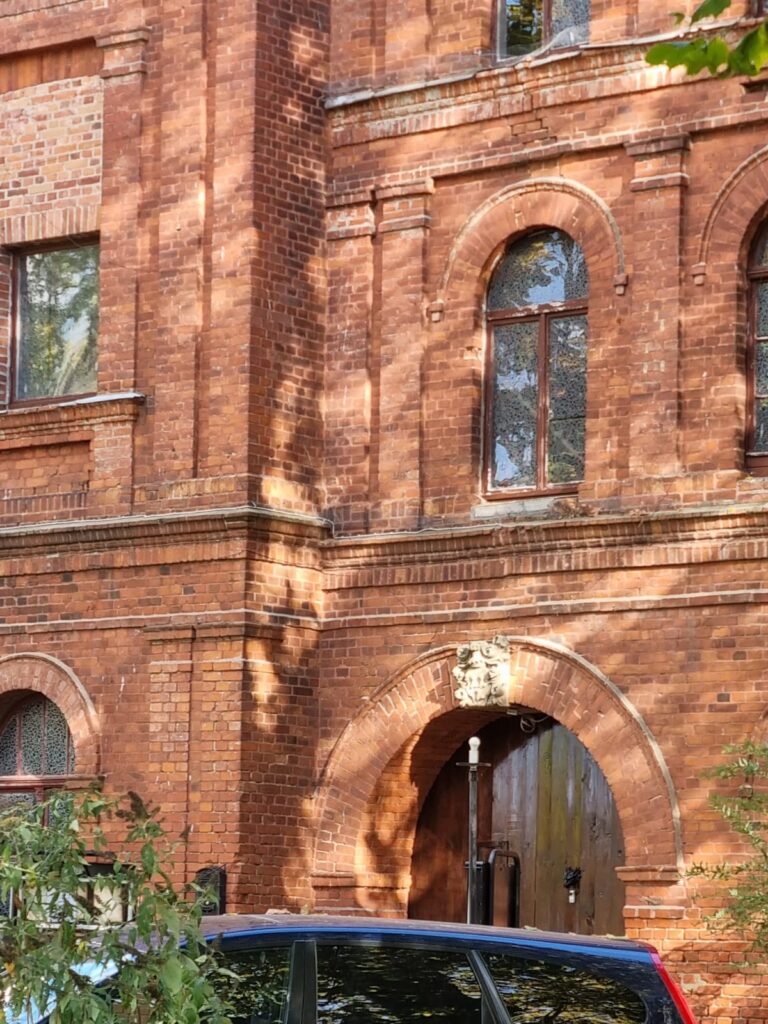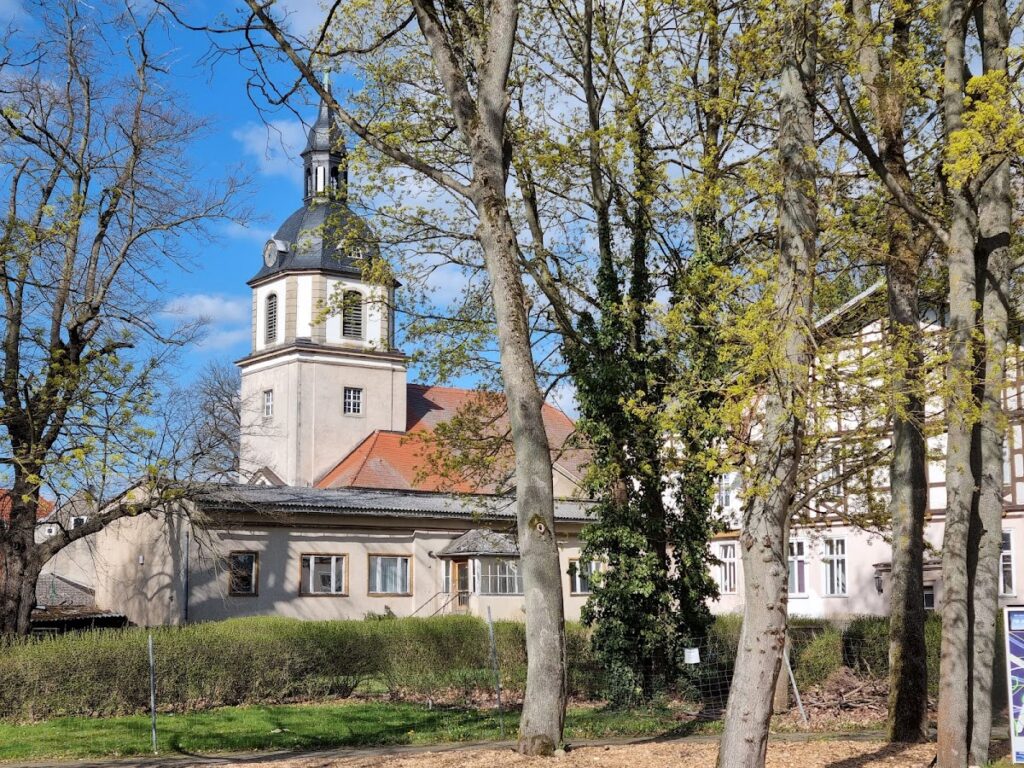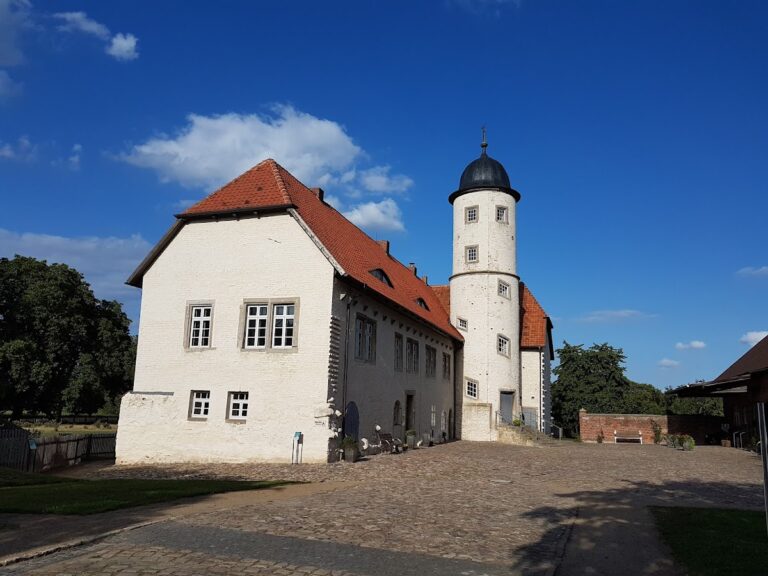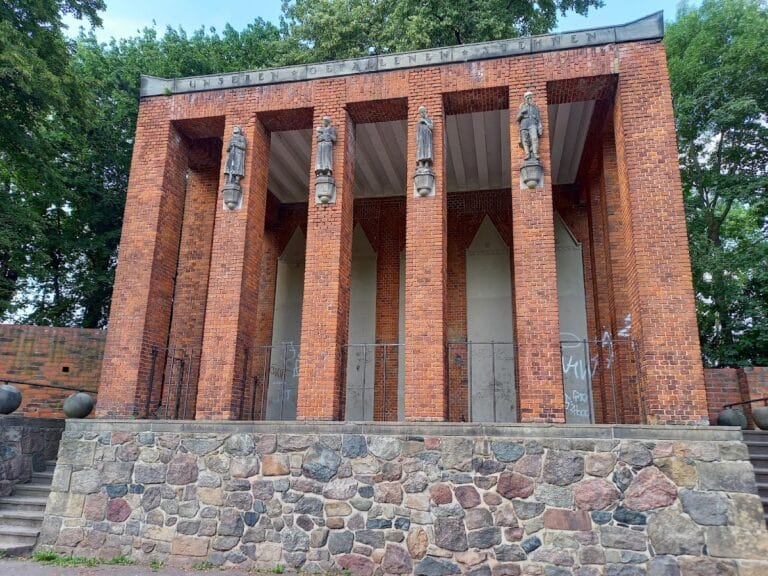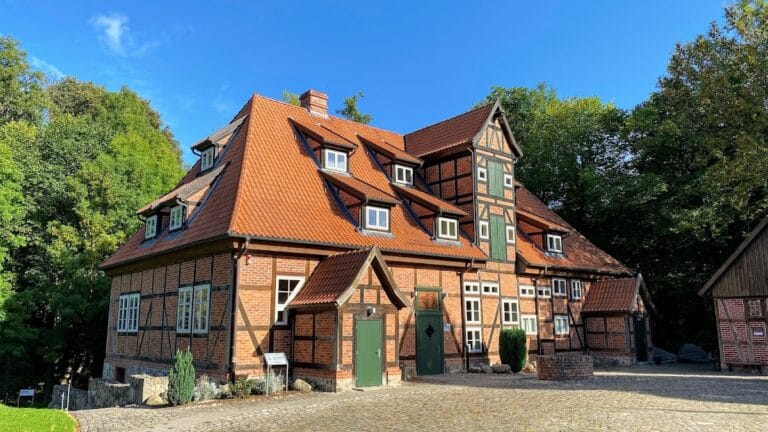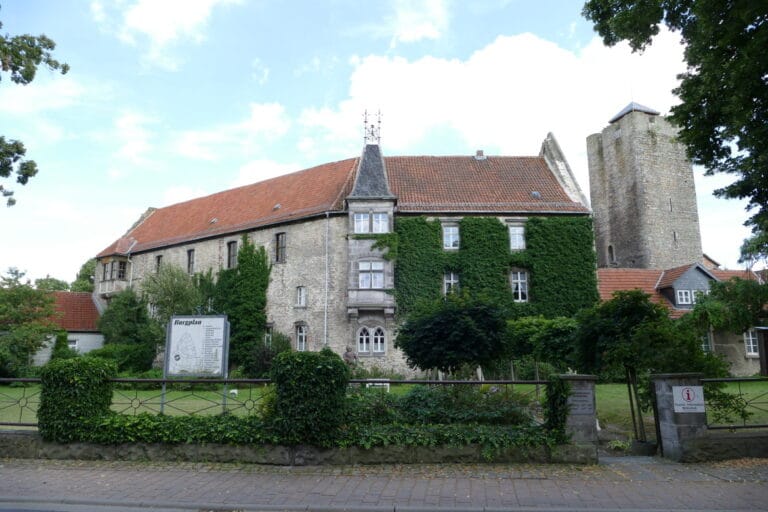Burg Beetzendorf: A Medieval Castle in Germany
Visitor Information
Google Rating: 4.4
Popularity: Low
Google Maps: View on Google Maps
Country: Germany
Civilization: Unclassified
Remains: Military
History
Burg Beetzendorf is located in the municipality of Beetzendorf in modern-day Germany. This castle was originally constructed by the local medieval nobility in a marshy lowland setting around the year 1140.
The first documented mention of Burg Beetzendorf appears around 1204, when the estate changed hands from the von Kröcher family to the von der Schulenburg family as part of a pledged agreement. During the 14th century, control of the castle shifted between several regional noble houses. Around 1319, it entered the service of Otto II, known as “the Strict,” and shortly thereafter passed to Otto “the Mild,” who acquired it between 1319 and 1322.
By 1340, the von der Schulenburg family had firmly established ownership of Burg Beetzendorf, relocating their main seat here from Schulenburg near Salzwedel. The castle served as the principal residence of the von der Schulenburgs and remained the heart of their estates for several centuries until the 19th century. Early records also note a chapel associated with the castle in 1340. Later, in 1424, Bernhard VI and Werner VIII von der Schulenburg founded a chapel dedicated to Mary. This religious building was likely left unused following the religious changes brought by the Reformation.
Approaching the 17th century, Burg Beetzendorf underwent significant fortification, including the addition of water-filled moats and defensive enhancements. These upgrades gave it a fortress-like appearance, boosting the noble stature of the von der Schulenburg family. However, from the late 1500s onward, the family increasingly preferred to reside in the surrounding village rather than within the castle itself. As military technology and tactics evolved, the castle’s fortifications became outdated. By the time of the Thirty Years’ War (1618–1648), Burg Beetzendorf was no longer defensible, and its last cannon was sold off by 1642.
Despite losing its military importance, sections of the castle remained habitable until roughly 1760. The final lord to live there was Freiherr Achaz II von der Schulenburg (1610–1680), who also constructed the Lieberoser Hof in the outer bailey, a building mostly demolished in the 19th century. Afterward, further demolition occurred in 1780, and by 1845, the castle’s remaining structures had become part of the nearby Große Hof estate. In the 19th century, Werner von der Schulenburg undertook efforts to conserve the northern gate, restoring it to prevent further decay.
Remains
Burg Beetzendorf was designed as a lowland fortress, nestled within marshy terrain that offered natural defensive advantages augmented by water-filled moats encircling the site. Around 1600, the castle’s defenses were modernized into a fortress-type structure, responding to military needs of the late Renaissance period.
Among the surviving ruins, the most prominent is the bergfried—this is the main tower, standing approximately 20 meters tall. Constructed from red brick, the bergfried has a square base measuring 8.5 by 8.5 meters, with walls about one meter thick. Its entrance is notably elevated, positioned around 4 meters above ground level, a common defensive feature designed to impede attackers.
The northern gate remains preserved and was carefully restored during the 19th century under the guidance of Werner von der Schulenburg to counteract deterioration. In the modern era, this gate has been adapted to include a freestanding open-air stage added between 1950 and 1952, which continues to be used today, although the stage itself is a 20th-century addition.
Surrounding the castle site is a woodland park known as Beetzendorf park’s high forest, which contains the visible ruins of the castle’s structures. The castle’s baroque garden, although altered over centuries, endures in its basic layout, reflecting landscaping styles of later periods associated with the estate. Together, these features provide an archaeological footprint of the castle’s historical evolution from medieval stronghold to noble residence and beyond.


